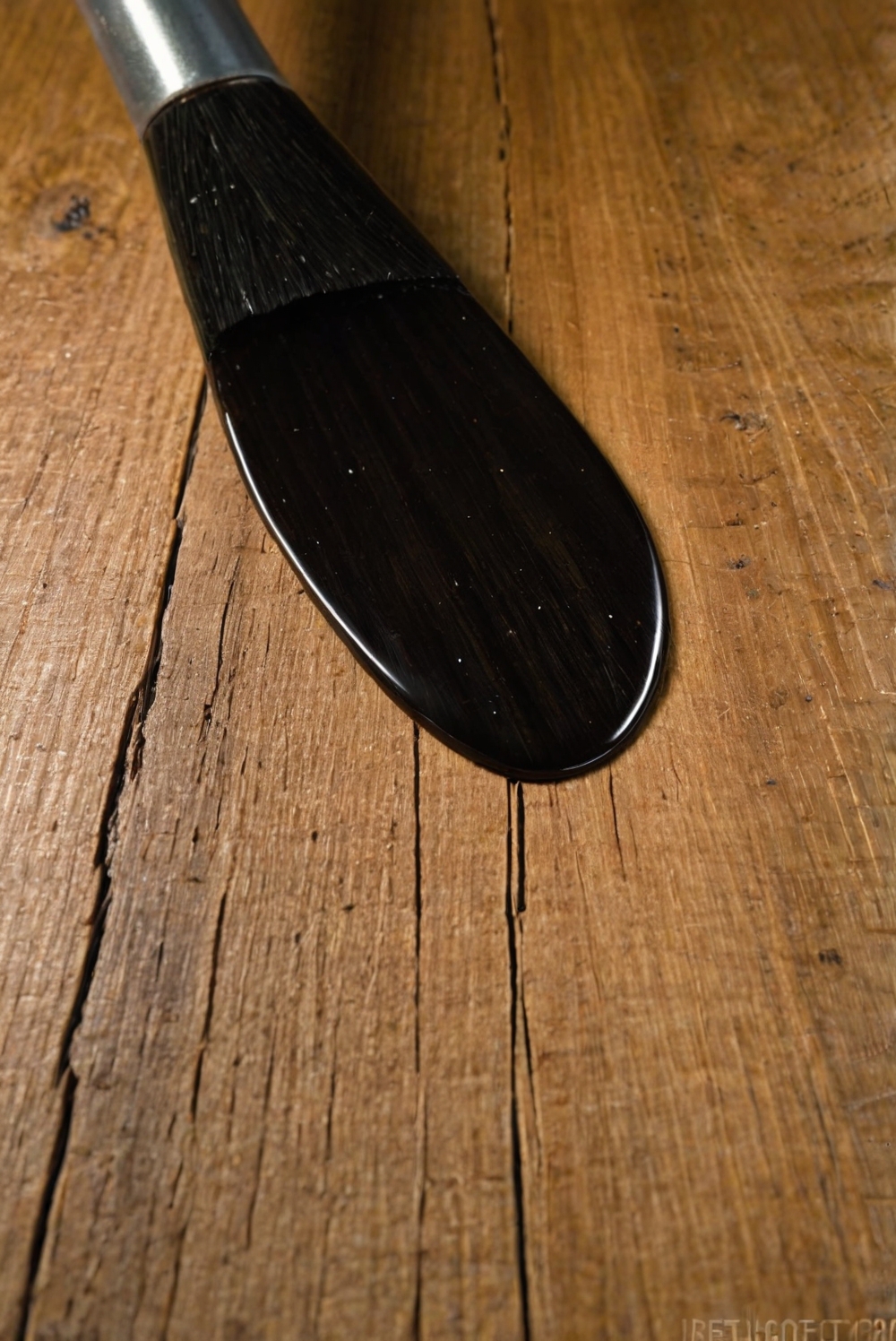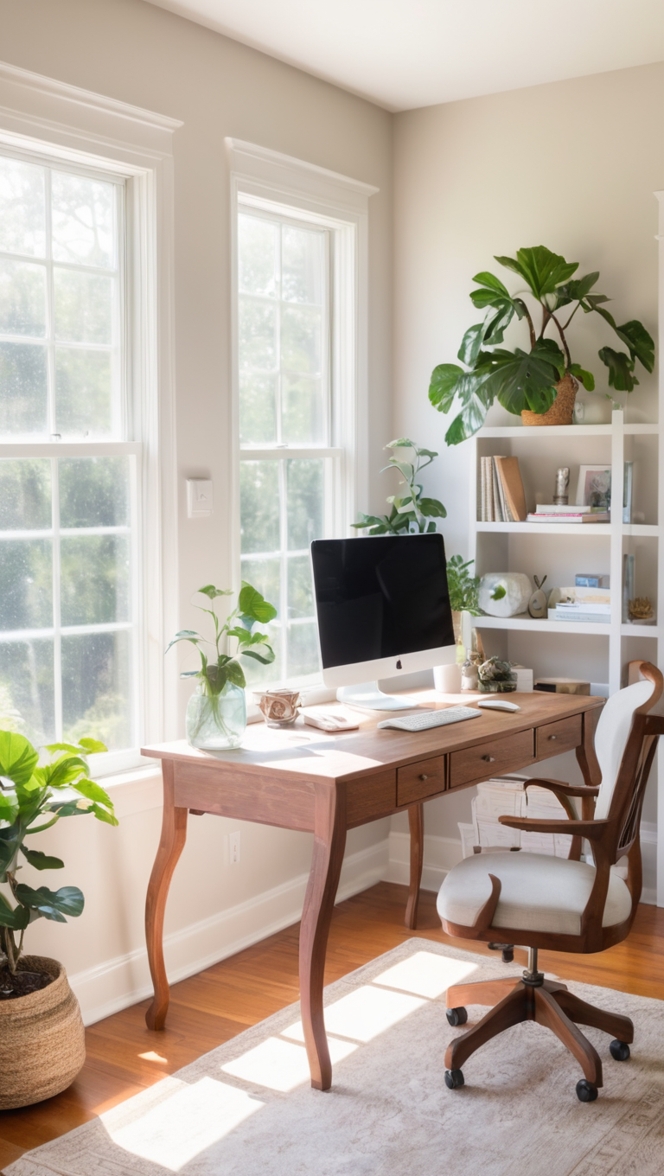Learn the secrets to achieving a flawless black stain on pine with expert tips and tricks. Master the art of pine staining for stunning results.
How to Achieve the Perfect Black Stain on Pine (Master the Art of Pine Staining)
Achieving the perfect black stain on pine involves prepping the wood, selecting the right stain, and applying the stain correctly. Firstly, sand the pine to achieve a smooth surface. Next, choose a black stain specifically made for pine. Make sure to apply the stain evenly in the direction of the grain using a brush or cloth. Allow the stain to dry completely before applying a top coat for durability and protection. By mastering these steps, you can achieve a stunning black finish on your pine wood projects.
How to Achieve the Perfect Black Stain on Pine (Master the Art of Pine Staining)
Staining pine wood in black can create a stunning and modern look, but it requires proper preparation and technique to achieve the perfect finish. Here’s a guide to help you master the art of staining pine wood in black:
Prepping Pine Wood:
Before applying a black stain to pine wood, it’s crucial to properly prepare the surface. Start by sanding the wood with fine-grit sandpaper to smooth out any rough patches or imperfections. Make sure to sand along the grain to avoid scratches. After sanding, wipe the surface clean with a tack cloth to remove any dust or debris.
Choosing the Right Stain:
Selecting the right type of black stain is essential for achieving a perfect finish on pine wood. Opt for a high-quality wood stain specifically formulated for pine. Water-based stains are ideal for pine as they help prevent blotchiness and offer a consistent color. Look for a black stain that provides rich, deep color without obscuring the natural grain of the wood.
Using a Pre-Stain Conditioner:
While pine wood is relatively soft and porous, it can absorb stain unevenly, leading to blotchiness. To prevent this, consider using a pre-stain conditioner designed for pine. A pre-stain conditioner helps seal the wood and promote even absorption of the stain, resulting in a more uniform finish. Apply the conditioner according to the manufacturer’s instructions before staining the wood black.
Benefits of Achieving the Perfect Black Stain:
Achieving the perfect black stain on pine wood offers several benefits. It enhances the natural beauty of the wood by highlighting its grain and texture. A well-applied black stain can provide depth and richness to the wood, creating a sophisticated and elegant look. Additionally, a flawless black stain can complement various decor styles, from modern to rustic, adding a touch of drama to your space.
Preventing Blotchiness:
To prevent blotchiness when staining pine wood black, it’s essential to apply the stain evenly and consistently. Start by testing the stain on a scrap piece of pine to ensure the desired color and absorption. Use a brush or cloth to apply the stain in the direction of the grain, working in small sections to maintain control. Avoid overloading the wood with stain, as this can lead to streaks and blotches. Wipe off any excess stain before it dries to maintain an even finish.
Risks of Not Sealing Pine After Staining:
Failing to properly seal pine wood after staining it black can lead to several risks. Unsealed wood is vulnerable to moisture, which can cause warping, cracking, and decay over time. Additionally, the color and finish of the stain may fade or wear off more quickly without adequate protection. To prevent these issues, apply a clear topcoat or sealer over the stained pine to lock in the color and provide durability.
Achieving Consistent Color:
To achieve a consistent black stain color on pine throughout a large project, it’s crucial to maintain the same staining technique and application method. Ensure that you mix or shake the stain thoroughly before each use to maintain color consistency. Work in small sections and blend each application seamlessly to avoid visible differences in color. Additionally, take breaks to step back and assess the overall appearance of the stained pine to make any necessary adjustments for a uniform finish.
In conclusion, mastering the art of staining pine wood in black requires careful preparation, proper technique, and attention to detail. By following these tips and guidelines, you can achieve the perfect black stain on pine and enhance the beauty of your woodworking projects. Experiment with different staining methods and products to find the best approach that suits your preferences and project requirements. With practice and patience, you can create stunning black-stained pine pieces that showcase your craftsmanship and style.








